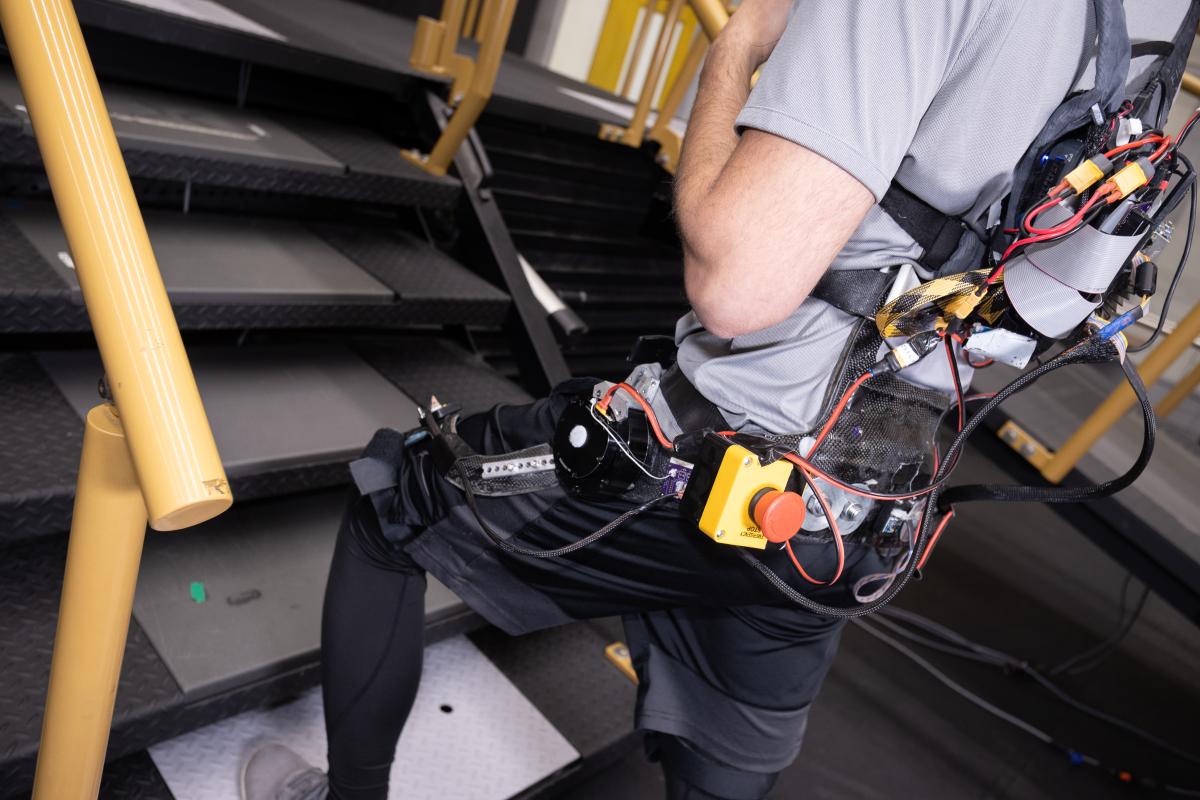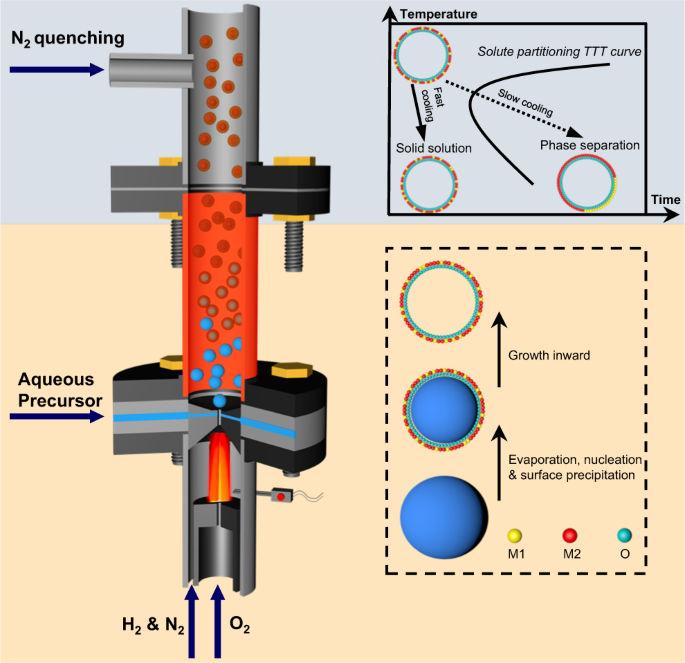2024-03-20 ジョージア工科大学

A closeup view of experimental exoskeleton used in experiments that resulted in a universal controller for robotic assistance devices.
<関連情報>
- https://research.gatech.edu/universal-controller-could-push-robotic-prostheses-exoskeletons-real-world-use-0
- https://coe.gatech.edu/news/2024/03/universal-controller-could-push-robotic-prostheses-exoskeletons-real-world-use
- https://www.science.org/doi/10.1126/scirobotics.adi8852
人間の関節モーメントを推定することで外骨格の制御を統一し、ユーザーの労力を軽減する Estimating human joint moments unifies exoskeleton control, reducing user effort
DEAN D. MOLINARO, INSEUNG KANG, AND AARON J. YOUNG
Science Robotics Published:20 Mar 2024
DOI:https://doi.org/10.1126/scirobotics.adi8852
Editor’s summary
Exoskeleton suits that personalize the assistance provided to users depending on the anatomical and environmental needs have the potential to improve user mobility. However, controllers for these suits are not optimized for all of the possible ambulation modes that the user will encounter. Molinaro et al. have now developed a unified lower limb exoskeleton control framework that relies on deep learning to adapt autonomously to user needs for a wide range of ambulatory conditions. The neural network could estimate the total hip flexion/extension moments without the need for user-specific calibration and was shown to be capable of reducing user metabolic cost. —Amos Matsiko
Abstract
Robotic lower-limb exoskeletons can augment human mobility, but current systems require extensive, context-specific considerations, limiting their real-world viability. Here, we present a unified exoskeleton control framework that autonomously adapts assistance on the basis of instantaneous user joint moment estimates from a temporal convolutional network (TCN). When deployed on our hip exoskeleton, the TCN achieved an average root mean square error of 0.142 newton-meters per kilogram across 35 ambulatory conditions without any user-specific calibration. Further, the unified controller significantly reduced user metabolic cost and lower-limb positive work during level-ground and incline walking compared with walking without wearing the exoskeleton. This advancement bridges the gap between in-lab exoskeleton technology and real-world human ambulation, making exoskeleton control technology viable for a broad community.



